1500 nits, 1152 backlit beads, more than 110% of the color gamut performance, support Dolby and HDR10 dual-standard, 6A938 chip. In addition to the last one, the above specifications can be called as flagships on any television. However, on the X1 TV, all of the above will be integrated, which will enable it to even surpass the Samsung flagship TV KS9800 (1000). Nits/color gamut 95%/HDR10), regardless of brightness, backlight partition control, color space or HDR support capabilities. 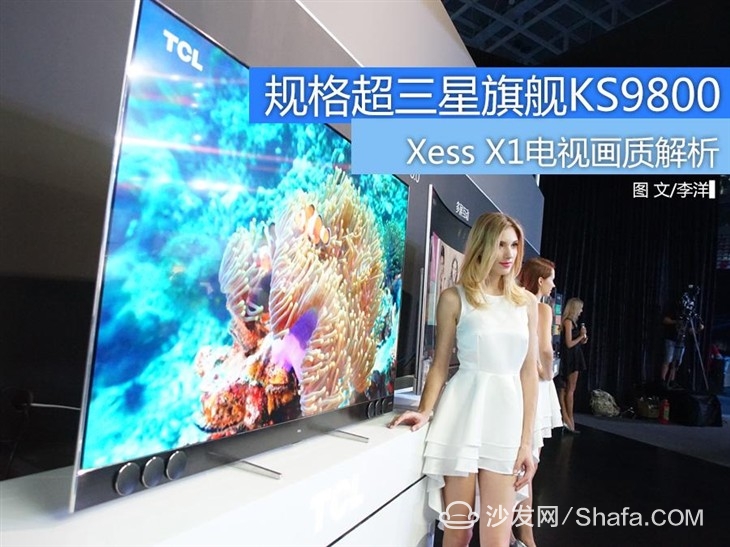
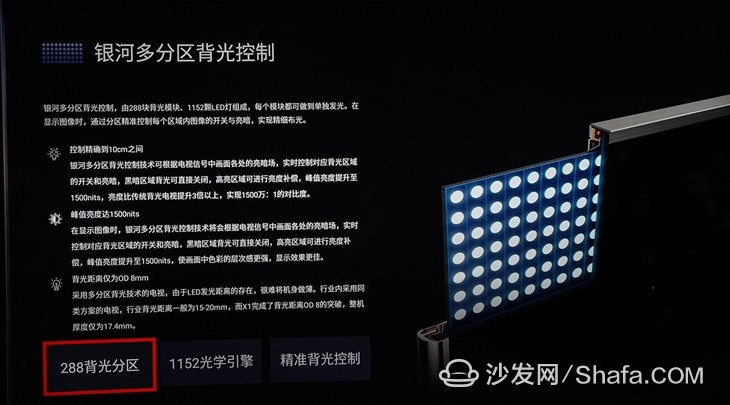
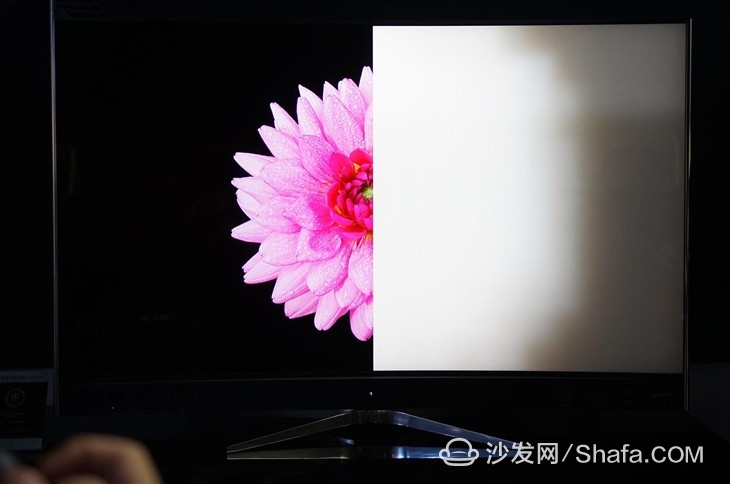

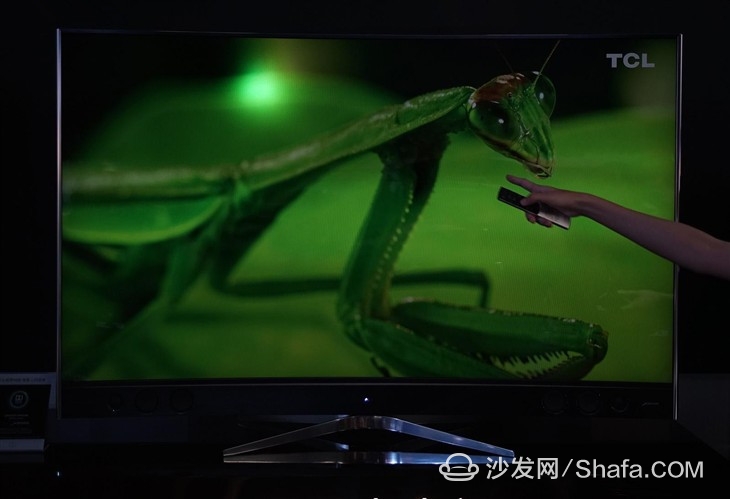

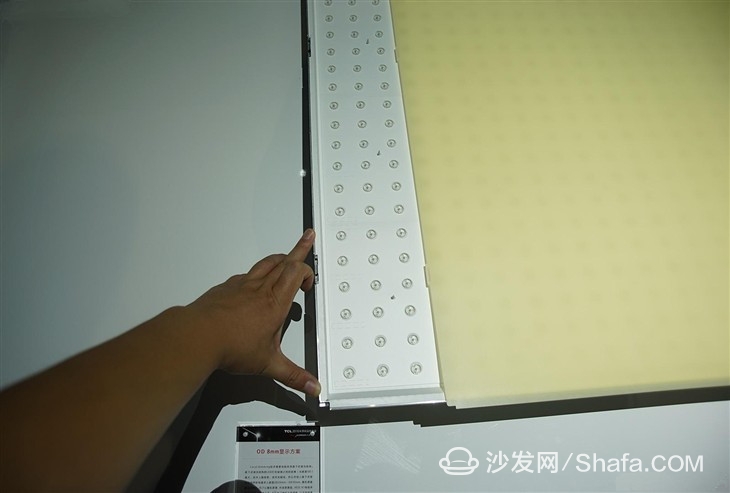
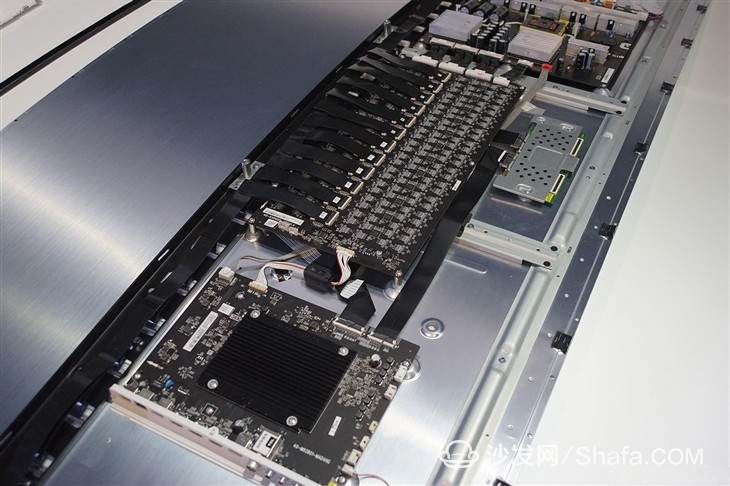
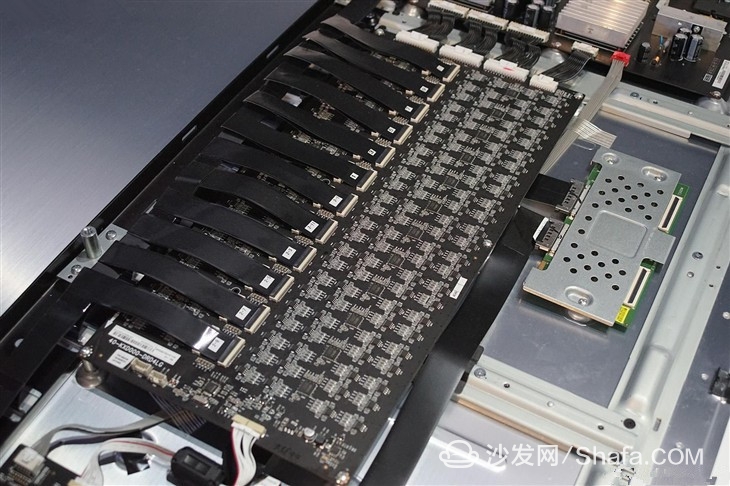
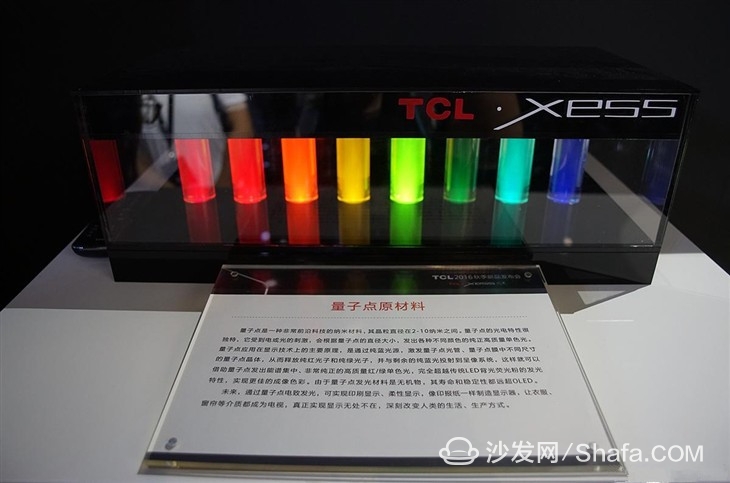
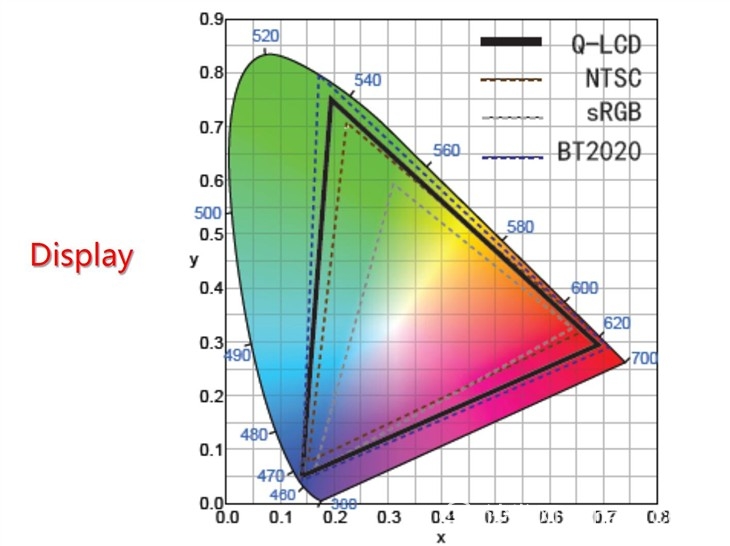
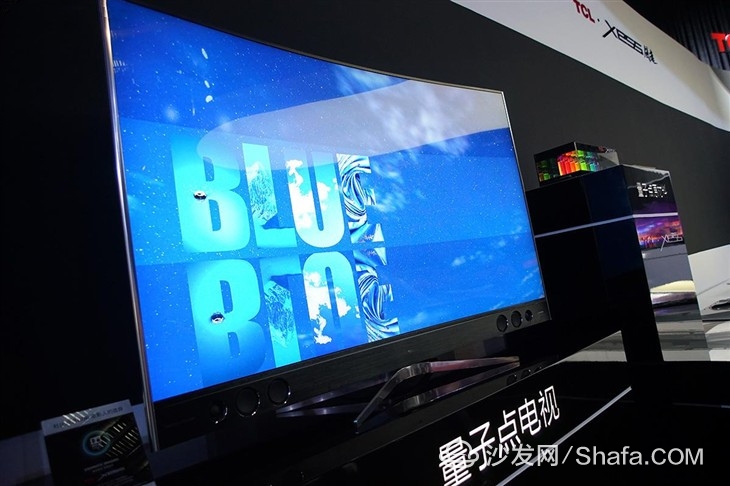
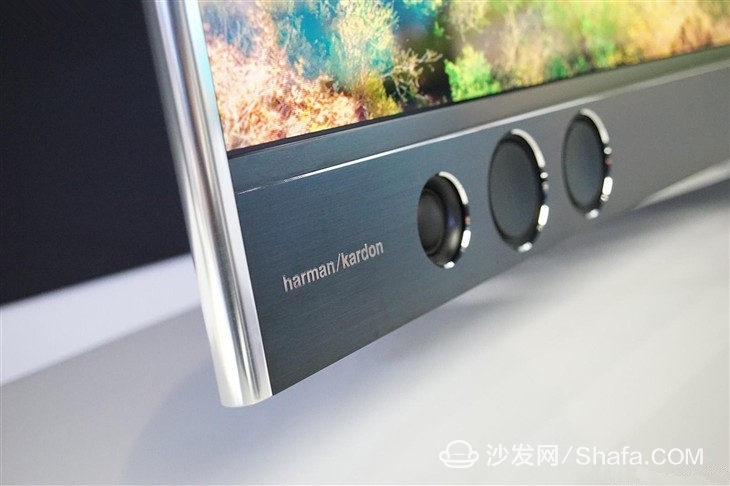
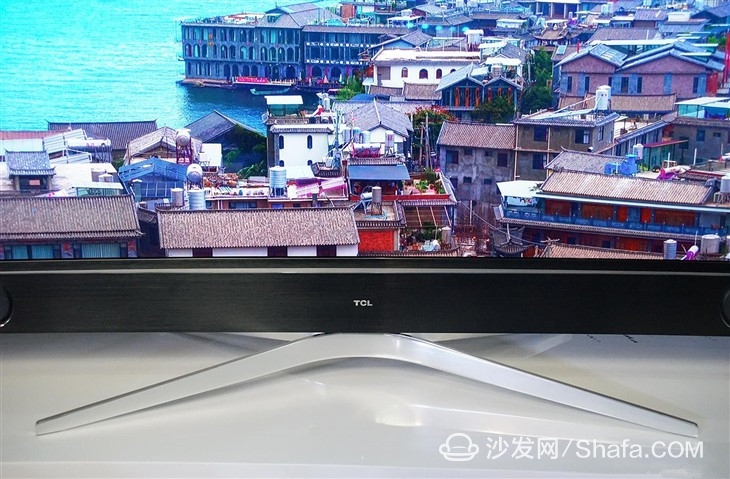
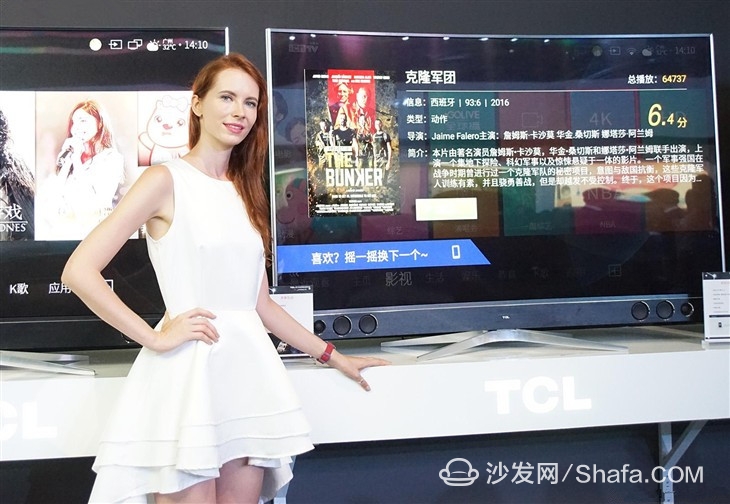
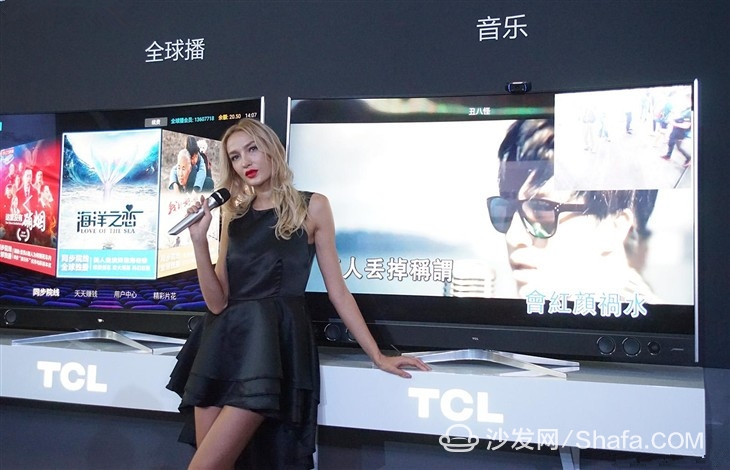
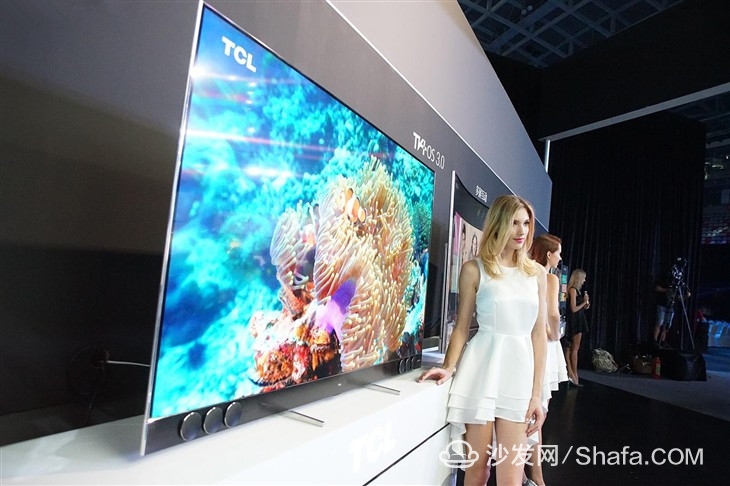

What TV is X1? It comes from the new brand Xess, what brand is Xess? It is the only brand new high-end sub-brand launched by TCL with the panel manufacturing capability among the top five TV brands in China. The target is for elites, and the core value of the brand is “movement with quality and taste, bearing lifeâ€. I know that there may be more than a brand of interest in the product, so let's get it right.
---- Star Luobu 1154 lamp beads 288 backlight partition ----

First of all, I think the most important thing to introduce is the Xess X1 TV's backlight system. Its "Galaxy Multi-zone Backlight Control System" has as many as 1,154 LED backlight beads, not only bringing 1500 nits of ultra-high. Brightness output, more technical strength is that this set of backlight system can control every 4 lamp beads as a group, forming up to 288 partitions of the area backlight control structure.
Some people may be curious, why do we usually put the specifications of the backlight, which are not advertised by everyone, on the forefront of the presentation. In fact, it is not difficult to relieve doubts with a little thought. The current display technology has developed the four dimensions of resolution, color space, dynamic processing frame rate, and color depth to be very perfect. Taking the existing products as an example, TCL realized its quantum dot products 1-2 years ago. 100% NTSC color gamut coverage, now 4K has become the absolute mainstream of more than 50 inches, while the video decoding and interpolation processing of the TV can bring 60P smooth picture, and the 10bit panel is the ancient technology, so Leaving the flat-panel TV to be solved left the scope of brightness display, which is HDR that was born in the last year.

If the light control is fine, only the backlit display area on the right can display the approximate outline of the image
HDR can expand the contrast between light and shadow of the picture to a level closer to the human eye. This requires the TV to have a brightness output that is much higher than the current level (2-300 nits). At the same time, the dark field control must be as accurate as possible. Only in this way can the gap between light and dark be opened. If you want to achieve the ultimate contrast between light and dark, at least the TV needs to have a dense control of light, if you can achieve OLED pixel-by-pixel control of the brightness of the most perfect output. Of course, at this stage, OLED is not the best. Its peak brightness is still difficult to break through LCD TVs. Therefore, if the partition control can be as good as that of OLEDs, the light control of OLEDs will have no advantage.

The 123th backlight partition is individually lit

The brightness of a single partition in the screen is fully open
The above is the meaning of the LCD TV backlight partition function. Let's go back and talk about the product. In the live demonstration, we can see that the backlight of the Xess X1 TV runs like a marquee from the top left to the bottom right. Each of the 288 partitions can be controlled independently. . At the launch site of the X1, we even saw its prototype of a real backlight architecture. It is not difficult to see from the pictures that the number of LED lights of the Xess X1 TV is quite dense, which means that it is more suitable for brighter and brighter dark areas on the same screen. The need for HDR expression, because each partition's independent control capability can control it to achieve the effect of similar to OLED by turning off the backlight to bring pure black and lower brightness dark field images.
---- Xess X1 backlight module structure display ----


There are a total of 1152 beads on the backlight module, the spacing is only 8mm

The circuit board in the center of the picture is the control chip circuit for the backlight partition

Components are very dense
It can be seen that there is a huge circuit board inside the Xess X1 TV which is responsible for the operation and control of 288 backlight partitions composed of 1152 backlights. Its circuit board size and number of chips have greatly exceeded that of the TV's main board. Performance, backlight beads, and partitioned hardware and software matching are all technical challenges. We consulted Xess's technical staff on the spot. If this backlight system is changed to side-entry, then the TV's internal circuit board and such a complex backlight structure do not need to exist, which also confirms its structure and technical implementation. How complicated.
----Dolby Vision & HDR10 Dual Format-All-Intake ----
In HDR technology, the charm of Xess X1 is to support Dolby Vision and HDR10 dual standards, which means that X1 can handle high-quality sources processed by Dolby Laboratories Perceptual Quantizer. In the Dolby Standard, the highest specifications of HDR sources can reach 10,000 nits of brightness, 12-bit color depth, and Rec 2020 color space, each of which is extremely difficult to achieve today's display technology, so Dolby Vision has high image quality in the industry. HDR's consensus supports Dolby Vision's ability to deliver the best results from HDR sources.
On the other hand, HDR10 is also a very important HDR standard. Its equipment requirements and entry barriers are lower, so most TVs only support HDR10 as a standard. The Xess X1's compatibility with HDR10's features will mean that it can meet the most mainstream HDR source standards, and will not lose picture detail because it cannot match its gamma features.
----Color quantum dots throw away LCD and OLED far away ----
On the color space, TCL's quantum dot technology is definitely the most talked about. Previously, we measured a C2 QD TV with color gamut of 108% NTSC (click to view the evaluation). For the X1, which is significantly higher than this TV positioning, perhaps the number exceeding 110% is no suspense.

Quantum dot technology demonstration
Quantum dot backlight technology is no longer popular science. In short, quantum dot technology can achieve purer RGB three-primary backlighting, resulting in a wider range of color space. Everyone knows that it corresponds to a high color gamut. At present, LCD TVs with a higher color gamut can reach more than 85%, but it is basically impossible to break through 100%. As for OLEDs, their color gamut range is around 90%, and there is also a significant gap between the contrasting quantum dots.

Horseshoe-shaped gamut space diagram The outermost blue dotted line is the BT2020 standard display space
It should be noted that the data we mentioned above is only for the NTSC color space standard. In the upcoming HDR era, the standard color space will be further expanded. According to our understanding, 100% of BT2020 is roughly equivalent to 140% NTSC, and now 110% of NTSC color gamut quantum dot technology has a fight, but the obstacles placed in front of LED-backlit LCD TVs and OLEDs are even more insurmountable, so Quantum dots have absolute advantages in color space.
----Xess X Series TV Tour - ----






In the past, we seldom talked about the quality of a domestic brand TV. It is actually not a long story. The huge part of the X1 technology analysis revolves around the backlight. This is precisely where most of the products have no technical description. It may be the limitation of the level of research and development, or it may be the lack of self-confidence in the positioning of their own brands or products. In any case, Xess first appearance will exceed the Samsung KS9800 flagship TV in the sale of the product, it is absolutely no title of domestic quality flagship, but also in line with Xess brand positioning for elites.
At the end of the article, we will add some more content. In fact, the Xess X1's European-style minimalist design, Harman Kardon audio, 6A938 chip, and TV + OS3.0 system are also very talkable, but we will focus on its breakthrough quality. which performed. As for the all-round experience of the Xess X1, we hope that we can get test prototypes and bring more comprehensive experience and evaluation for everyone when the products are on the market.
There are good hardware and display effects, of course, with a rich content resources, the combination of software and hardware can play the greatest value of a TV. In terms of content, it is recommended to install a sofa butler - the sofa butler is a third-party app store designed specifically for smart TVs, Android box users, carefully providing television, box users with high-quality TV exclusive version of the application, including with live Or on-demand video and audio and video software, various types of recreational competitive video game software and daily office entertainment management system management tools.
Want to explore more new ways of smart TV, Internet TV box You can install sofa butler (http://), all application software one-click download, expand more exciting content!
